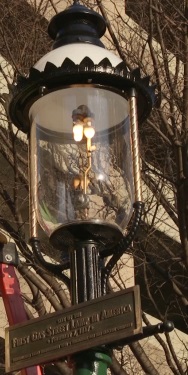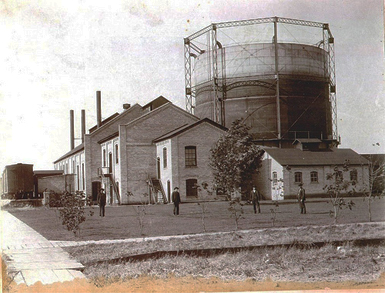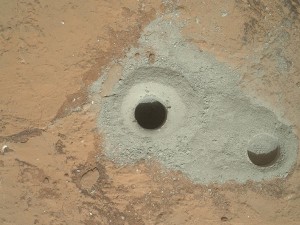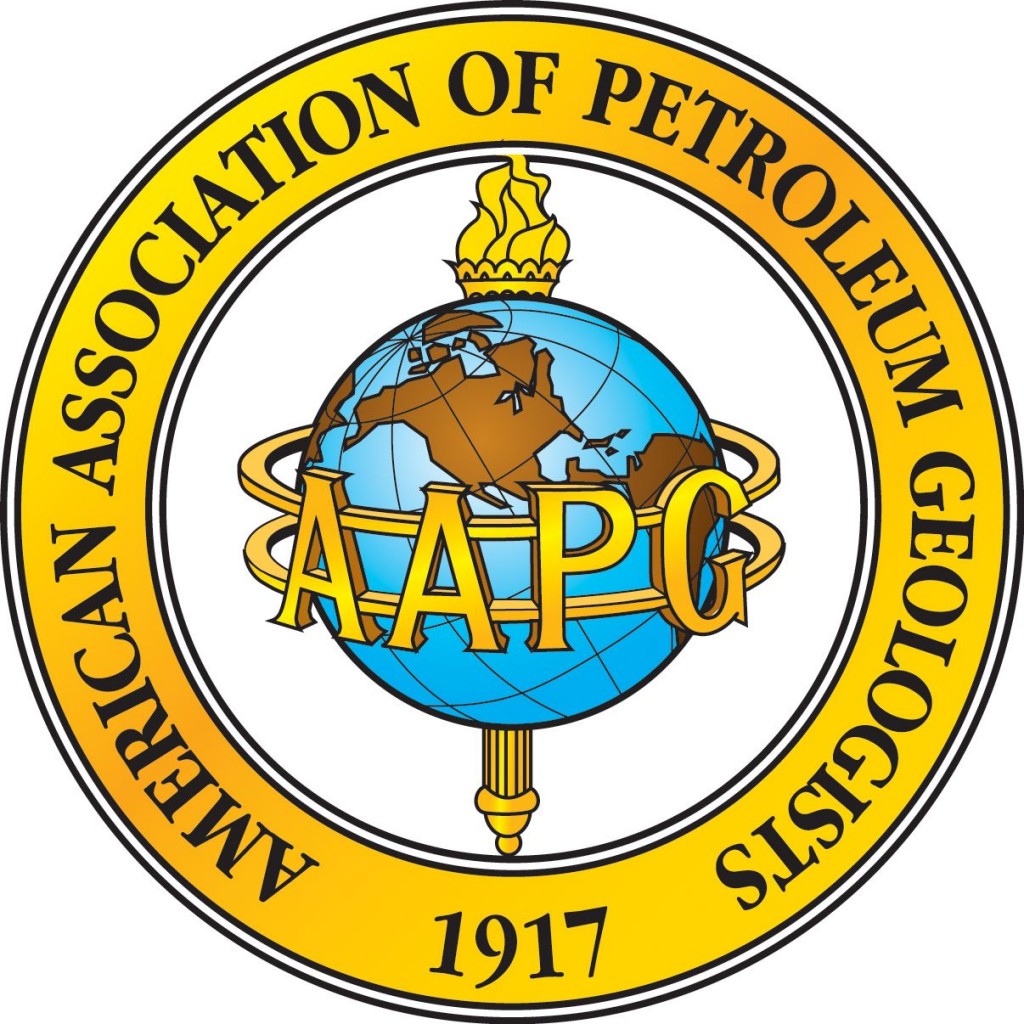February 5, 1873 – Death of an Illegal Oil Well Shooter –
Andrew Dalrymple, allegedly a frequent “moonlight oil well shooter” in the Tidioute, Pennsylvania, region, was killed in a nitroglycerin explosion at his home on Dennis Run, the Titusville Morning Herald reported. Supplies of nitroglycerin lately had been stolen from magazines throughout the oil region by those seeking to avoid fees for using the Roberts torpedo. “This species of theft is winked at by some parties, who are opposed to the Roberts torpedo patent,” the newspaper noted.
February 5, 1998 – DOE privatizes Elk Hills Petroleum Reserve
The Department of Energy and Occidental Petroleum concluded the largest divestiture of federal property in U.S. history with the sale of Elk Hills Naval Petroleum Reserve in Kern County, California. As the highest corporate bidder, Occidental ended the government’s business operations of oil and natural gas production at the 75-square-mile reserve. The $3.65 billion DOE divestment completed a privatization process that had begun years earlier.

The California Resources Corporation (CRC) in 2018 acquired the former Naval Petroleum Reserve No. 1 in Kern County. California. Map courtesy Wikimedia Commons.
The Clinton Administration in May 1995 had proposed placing the federally-owned Elk Hills reserve on the market in an effort “to reduce the size of government and return inherently non-federal functions to the private sector,” according to the DOE Office of Fossil Energy.
Discovered in 1911 and designated America’s first oil preserve one year later, Elk Hills returned to production following the 1973 oil crisis, becoming one of the top ten most productive U.S. fields. The former Naval Petroleum Reserve No. 1 — made famous by the 1922 “Teapot Dome Scandal” during the Harding administration — was acquired by California Resources Corporation (CRC) in 2018.
February 7, 1817 – First Gas Street Light
Fueled by manufactured gas (distilled from tar and wood), America’s first public street lamp illuminated Market Street in Baltimore, making Gas Light Company of Baltimore the first U.S. commercial gas lighting company. City officials erected a replica of the lamp in 1997.

The first U.S. gas street lamp illuminated Baltimore in 1817. Photo courtesy BG&E.
Artist Rembrandt Peale earlier had demonstrated the brightness of manufactured gas with a “ring beset with gems of light” at his Baltimore museum. “During a candlelit period in American history, the forward-thinking Peale aimed to form a business around his gas light innovations, and the exhibition targeting potential investors,” notes Baltimore Gas & Electric (BG&E), which began as the Gas Light Company of Baltimore.
Learn more in Illuminating Gaslight.
February 8, 1836 – Coal Gas brightens Philadelphia
As Philadelphia became America’s center for finance and industry, a municipally owned gas distribution company began lighting Second Street. The newly formed Philadelphia Gas Works ignited 46 lamps that burned manufactured coal gas. In Washington, D.C, manufactured gas began replacing kerosene lamps in the U.S. Capitol by 1847.

A manufactured gas storage facility at Point Breeze in South Philadelphia, circa 1856. Photograph courtesy Philadelphia Gas Works.
Philadelphia Gas Works in 1856 completed construction of a manufactured gas storage tank with a total capacity of 1.8 million cubic feet, the largest in America at the time. The village of Fredonia, New York, began the first commercial use of natural gas as early as 1825.
February 9, 2013 – Curiosity drills on Mars
Images transmitted from NASA’s robotic rover Curiosity confirmed it successfully drilled on the Martian surface, accomplishing “history’s first ever drilling and sampling into a pristine alien rock on the surface of another planet in our solar system,” according to Universe Today.

Mars rover Curiosity tested its rotary-percussion bit by making a shallow hole before drilling the first well on another planet. Photo courtesy NASA/JPL.
While exploring the Red Planet’s Yellowknife Bay Basin, Curiosity paused to drill for the first time, making a hole .63 inches wide and 2.5 inches deep. A rotary-percussion drill bit at the end of a seven-foot robotic arm penetrated a “red slab of fine-grained sedimentary rock with hydrated mineral veins of calcium sulfate.”

Curiosity’s “rotary-percussion” bit measured .6 of an inch wide. Photo courtesy NASA/JPL.
Images beamed from the site included a drill test next to the historic borehole. After completing Mars No. 1 (unofficial name), the one-ton rover drilled many others using its slow, “low-percussion” technique. Learn about terrestrial drilling methods in Making Hole – Drilling Technology.
February 10, 1910 – Giant Oilfield discovered in California
Honolulu Oil Corporation discovered the Buena Vista oilfield in Kern County, California. The well, originally known as “Honolulu’s great gasser,” was drilled further into deeper oil-producing sands, and initial production averaged 3,500 barrels of oil a day. Steam injection operations helped the field produce “heavy” (high viscosity) oil from depths of about 4,000 feet.
In 1912, as the Navy began converting its warship boilers from coal to oil (see Petroleum & Sea Power), the San Joaquin Valley oilfield was designated Naval Petroleum Reserve No. 2. In 2000, the Department of Energy leased 90 percent of the 30,000-acre Buena Vista reserves to private oil companies.
February 10, 1917 – Petroleum Geologists get Organized in Tulsa
About 90 geologists gathered in Oklahoma to form an association where “only reputable and recognized petroleum geologists are admitted.” They met at Henry Kendall College, now Tulsa University, to establish the Southwestern Association of Petroleum Geologists, today’s American Association of Petroleum Geologists (AAPG).

Petroleum geologists celebrated the AAPG centennial in 2017.
Adopting its current name in 1918, AAPG also launched its peer-reviewed scientific journal, the Bulletin. By 1920, industry trade magazines were praising the association’s professionalism and success combating, “unscrupulous and inadequately prepared men who are attempting to do geological work.”
AAPG in 1945 formed a committee to assist the Boy Scouts of America with a geology merit badge. The association’s membership has grown to almost 40,000 members in more than 100 countries.
Learn more in AAPG – Geology Pros since 1917.
February 10, 1956 – Frank Lloyd Wright’s Only Skyscraper
Harold C. Price Sr., founder of the pipeline construction company H.C. Price, dedicated his headquarters building in Bartlesville, Oklahoma. The 19-story concrete and copper office tower remains the only skyscraper designed by architect Frank Lloyd Wright. Wright also designed the Price family residence in Arizona, completed in 1955.
Established in 1921, H.C. Price specialized in field welding oil storage tanks and electric welding of pipelines. The company helped construct the “Big Inch” pipelines during WWII and built large sections of the 800-mile Trans-Alaska Pipeline.

Designed by Frank Lloyd Wright, the Price Tower is listed on the National Register of Historic Places. Photo by Bruce Wells.
Wright designed the Bartlesville “Prairie Skyscraper” in four quadrants, “based on the geometry of a 30-60-90 degree double parallelogram module” with one quadrant for apartments and three for offices, according the current occupant, Price Tower Arts Center. The former H.C. Price Company headquarters at Dewey Avenue and Sixth Street was listed in the National Register of Historic Places in 1974.
_______________________
Recommended Reading: Around Titusville, Pennsylvania, Images of America (2004); Black Gold in California: The Story of California Petroleum Industry
(2016); In Pursuit of Fame: Rembrandt Peale, 1778-1860 (1993); Mars Rover Curiosity: An Inside Account from Curiosity’s Chief Engineer
(2017); Trek of the Oil Finders: A History of Exploration for Petroleum (1975); Building Bartlesville, 1945-2000, Images of America: Oklahoma
(2008). Your Amazon purchase benefits the American Oil & Gas Historical Society. As an Amazon Associate, AOGHS earns a commission from qualifying purchases.
_______________________
The American Oil & Gas Historical Society (AOGHS) preserves U.S. petroleum history. Become an AOGHS annual supporting member and help maintain this energy education website and expand historical research. For more information, contact bawells@aoghs.org. Copyright © 2024 Bruce A. Wells. All rights reserved.


